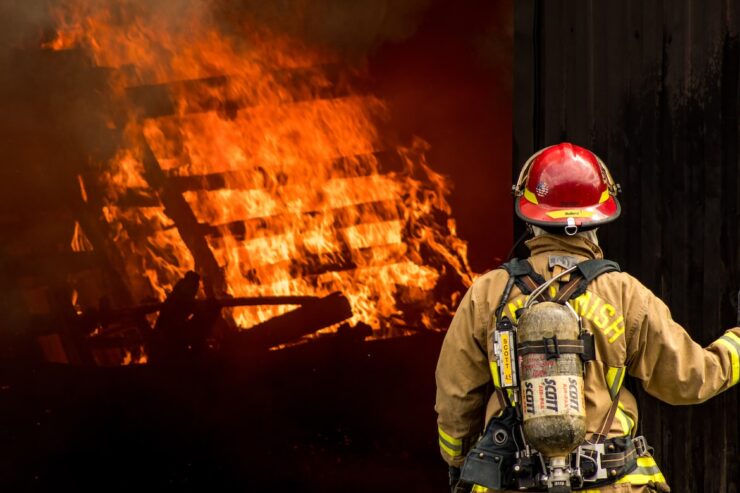Liquid fires pose a significant threat due to their inherent capacity to spread rapidly and cause extensive damage. The danger they present stems from the unique characteristics of liquid sources, which differ from solid materials in terms of volatility, flammability, and the potential for uncontrollable escalation.
One fundamental reason for the danger of liquid fires lies in the lower ignition temperatures of many liquids compared to solid materials. Liquids can vaporize easily, forming flammable gasses that can ignite at temperatures well below those required for solid combustion.
If you are in a highly specialized industry that makes use of specific liquids, it’s good to know what each of their flash points are. The Fire and Safety Centre details a list of common liquids and their flashpoint temperatures.
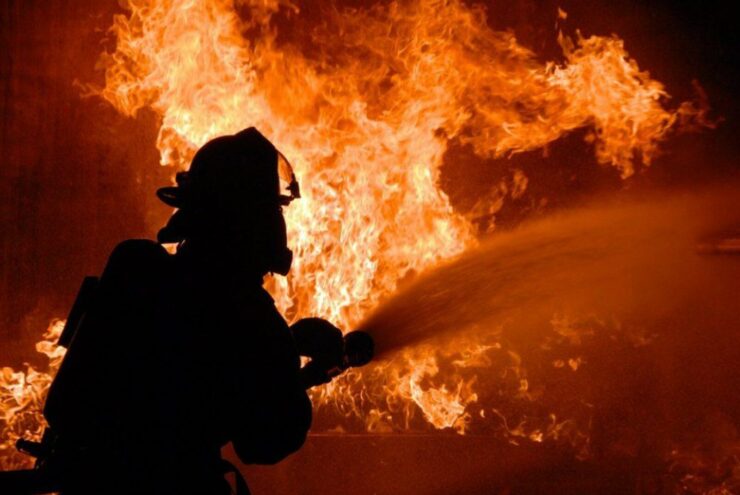
This propensity for quick vaporization intensifies the speed at which a liquid fire can escalate, catching individuals off guard and reducing the time available for response. Moreover, the tendency of liquids to spread over surfaces creates a larger potential fire zone.
The fluidity of liquids enables them to seep into hidden crevices and ignite secondary fires, making the situation more complex and challenging to manage. The volatility of certain liquids further amplifies the risk associated with liquid fires. Volatile liquids evaporate readily, producing combustible vapors that can ignite even at a distance from the primary source.
This volatility enhances the likelihood of flash fires, which erupt suddenly and with great intensity. These unpredictable events demand a heightened level of preparedness and a rapid response to prevent catastrophic outcomes.
The Importance of Conducting Risk Assessment
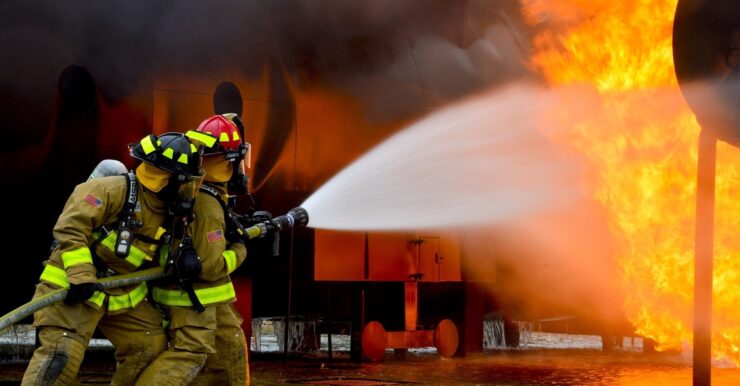
Conducting a thorough risk assessment for liquid fires in the workplace is an essential practice that plays a pivotal role in ensuring the safety of employees, protecting assets, and mitigating the potential for catastrophic incidents. The risk assessment procedure is similar for most types of fires.
You first want to identify potential sources. This involves a comprehensive examination of all areas where liquids are handled, stored, or used. Common sources might include flammable liquids used in industrial processes, fuel storage areas, chemical laboratories, or even in routine maintenance activities.
You may be surprised to see the many locations where they are stored. Following the identification of potential sources, the assessment moves to the evaluation of the likelihood and severity of potential incidents.
This involves a careful analysis of the properties of the liquids involved, the nature of the work environment, and the probability of ignition.
It’s also worth examining the safety measures that are currently in place and checking if there are any existing gaps or oversights. A risk assessment in this manner is essential and needs to be done before you even start looking into employee training and countermeasures.
How Do You Actually Fight Liquid Fires?
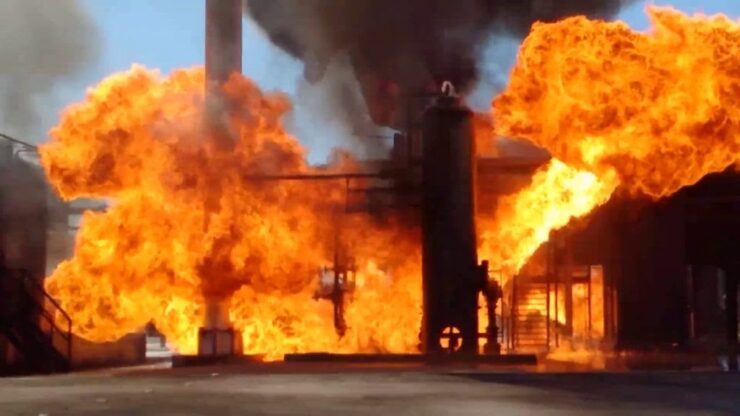
Dealing with a liquid fire is not an easy task. Thus, we want to stress that this is not a responsibility that you should place on your employees. You cannot expect them to risk their lives trying to put out a highly volatile type of fire.
When confronted with liquid fires, the foremost consideration is to prioritize the safety of individuals. Employees should be trained to follow established emergency protocols, which often involve immediate evacuation and alerting emergency services.
That said, there may be times when there is no other option but to control the situation until firefighters arrive at the scene. One effective method for combating liquid fires involves the use of Aqueous Film-Forming Foam (AFFF).
This specialized firefighting foam is designed to suppress flammable vapors and create a protective film on the surface of the liquid, preventing the release of combustible gasses.
However, you want to be extremely careful when handling this type of extinguisher. Why? Well, AFFF contains per- and polyfluoroalkyl substances (PFAS). Prolonged exposure to PFAS may pose serious health risks. Yes, a one-time use is unlikely to cause serious harm, but as an employer or manager, you don’t want to risk it.
Say one of your employees used an AFFF-based extinguisher to help deal with a liquid fire. Several years pass, and it turns out that he is diagnosed with cancer. In such a situation, his lawyers are 100% going to try and pin it on the use of AFFF on your premises.
According to TorHoerman Law, the compensation that people receive for such lawsuits can be significant.
Some estimates of AFFF lawsuit settlement amounts suggest they might be as much as $300,000. So yes, leave the firefighting up to the professionals.
Focus on Proper Evacuation Over Employee Firefighting
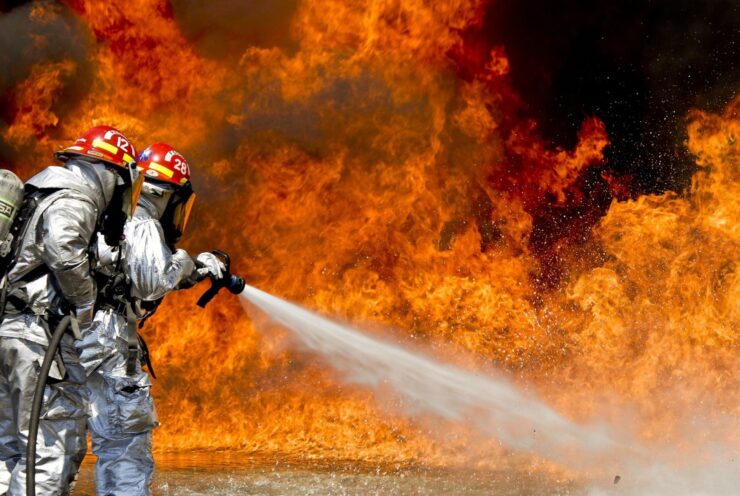
Communication is a linchpin in any successful evacuation plan. You want to ensure that all employees receive timely and accurate information during emergencies. This includes implementing robust alert systems, utilizing public address systems, and deploying other communication tools such as emergency notification apps or alarms.
Regular drills and training sessions further reinforce effective communication, familiarizing employees with the procedures and creating a sense of readiness.
Incorporating accessibility considerations into the evacuation plan is also essential to address the needs of all employees, including those with disabilities or special requirements. Ensure that evacuation routes and assembly points are accessible and that there are provisions in place for individuals who may need additional assistance during an evacuation.
In conclusion, it becomes evident that the stakes are high and the margin for error is slim. The unique dangers posed by liquid fires warrant a comprehensive plan to ensure workplace safety.
The risks of liquid fires teach employers and managers to tread cautiously and focus on preserving human lives over property and goods.

